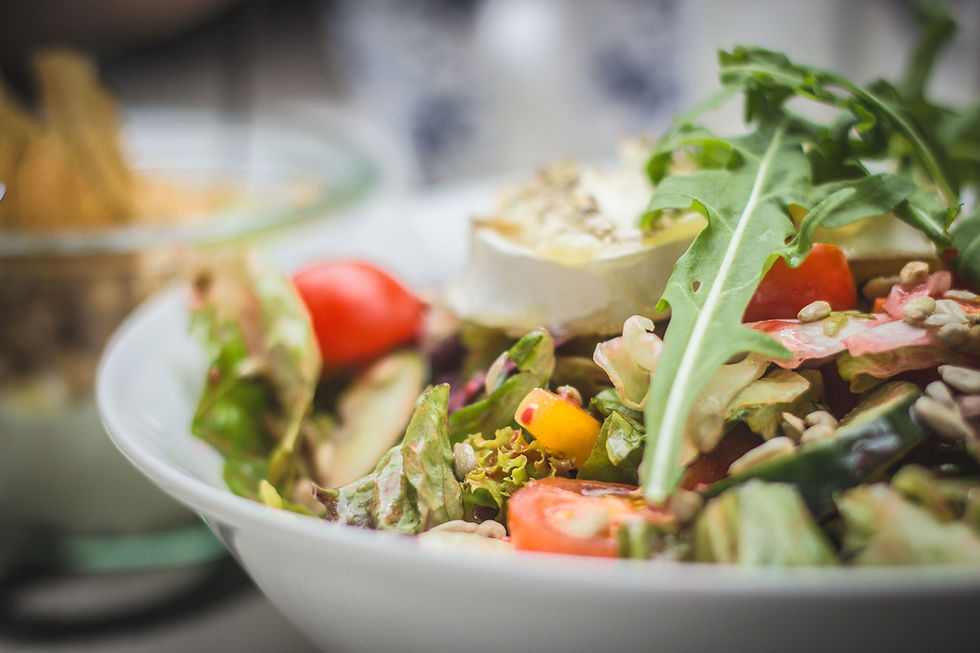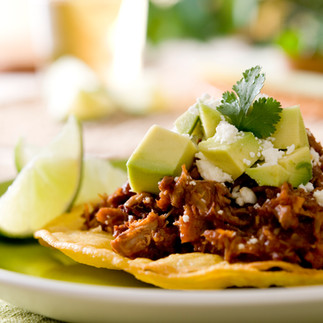Good fat vs. bad fat
- Rany Prambs

- Aug 18, 2022
- 3 min read
Updated: Sep 2, 2022

When it come to fats, it's a maze and there's so many conflicting stories. At the end of the day it's all about choosing the right fats and oils that work for you. Choose your battles wisely and and just use in moderation.
Good Fats
My thought is the brain is made approximately 60%. fat, so why starve my brain of essential fats? The brain is the fattiest organ in the body. The way i see it, if I don't nurture it with proper essential fats that it deserves, then over a period of time it's going to not work as efficiently as it once did. We often think about our waistline but brain health alongside gut health are essential organs that need attention. In addition I don't purchase fat free foods, for me it's really pointless. So I consume less of one thing and more of the other to balance out the fat and i'll do it often.
Foods that are depicted as fatty foods such as eggs, nuts, pumpkin seeds, walnuts, avocados and, oily fish are high on the brain food list, I make it a point to enjoy them regularly.
For me, I do consume in moderation but with frequent bursts of fatty goodness.
To those who know me well I'm an avocado a-day-gal, I just love those avocado's.
I want my butter!!

Personally i use real and proper - room temperature butter to spread on to my bread for sandwiches, a generous dollop of butter in my omelettes, I even use butter to finish off frying my egg, it's magical! I always season it with salt, pepper, paprika followed by with a quick sprinkle of love which is turmeric, all whilst it's in the skillet then I spoon over the brown butter over-the fried eggs.
My go-to oil for salad greens is extra virgin olive oil

Firstly, to maximize the absorption of nutrients from my greens, there has to be oil. I tend to lean towards extra virgin or flaxseed oil.
My rule of thumb if i'm consuming raw: kale-cucumber-broccoli-tomatoes it's quick drizzle oil and toss.
Again, the oil-fat will help to extract and absorb nutrients from your raw salad.

A lot of the times i'll add the oil to apple cider vinegar or make up a simple - clean dressing.
A perfectly well made salad can alter one's perception of a salad, if you know what i mean... My kinda salad is a meal, Im talking kale n' greens, arugula, avocado, boiled egg, roasted chickpeas, walnuts, slaw, breaded onion rings, pumpkin seed, fresh herbs, the list is endless. The days of a dreary salad are well and truly over. Pair it up with a homemade oil-based herb dressing, you just can't go wrong.
A well made dressing can be made weeks in advance and kept refrigerated.
I'm often asked which oils and fats I use, so here they are and their purpose:

Butter- Cooking - baking - sandwiches
Coconut oil- Baking
Extra virgin olive oil - Cold application salad dressing
Flaxseed oil- Cold application salad dressing
Mustard seed oil- Sauté and preserving pickles
Sunflower oil- Sauté & fry
Walnut oil- Cold application salad dressing
Why these oils? prefer not consuming too much of one particular oil but it makes food more interesting.
As like everyone i appreciate variety not just for taste but health benefits too.
Every fat or oil I use is Organic or Non-GMO.
My reasons are of a personal choice, feel free to check out my blog on GMOs.
My Bad Fat list
Canola oil
Soybean oil
Cottonseed oil
Margarine
Shortening
Hydrogenated- of any description









Comments